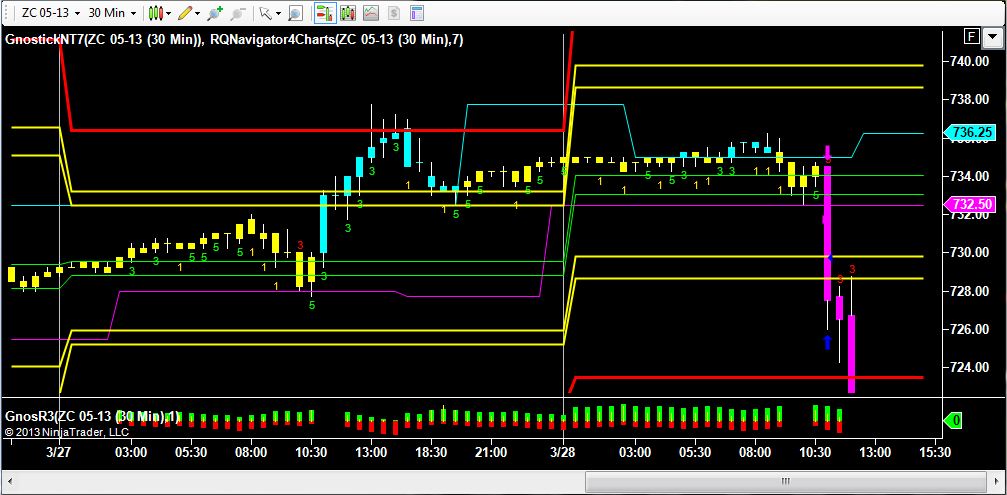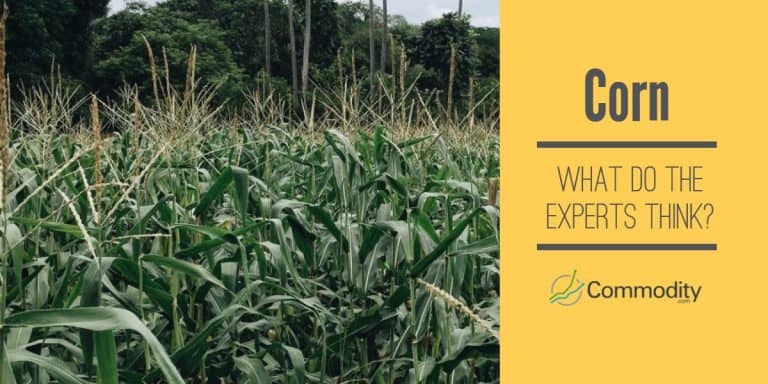Introduction

Image: www.thetradingroom.com
The agricultural market, a cornerstone of global sustenance, offers a plethora of opportunities for investors seeking to capitalize on the ever-evolving landscape of food production. Among the various commodities available, corn stands out as a vital crop, its versatility extending from human consumption to animal feed and biofuel production. Options trading, a powerful financial instrument, provides a sophisticated means of speculating on the price fluctuations of corn, allowing astute traders to hedge risks and harness profit potential.
Understanding Corn Options
Corn options are financial contracts that grant the holder the right to buy or sell a predetermined amount of corn at a specified price within a defined time frame. This tailored flexibility enables traders to engage in a range of strategies, whether aiming to secure favorable prices for their harvests or speculating on market trends. By precisely defining these parameters, corn options offer a targeted and precise approach to agricultural investment.
Historical Evolution and Regulatory Framework
The history of corn options traces back to the bustling trading floors of the Chicago Board of Trade in the 1970s. Seeking to cater to the dynamic needs of the agriculture industry, the CME Group, a global leader in financial derivatives, introduced the first standardized corn options contracts, paving the way for the robust market we witness today. Stringent regulations oversee the trading of corn options, ensuring transparency, fairness, and investor protection. These measures are essential in fostering confidence and maintaining the integrity of the marketplace.
Types of Corn Options
Corn options come in two primary forms, each serving distinct trading objectives:
-
Call Options: These options confer upon the holder the right to purchase corn at the designated strike price before the contract’s expiration date. Call options are often employed when traders anticipate a rise in corn prices, providing them with the opportunity to secure future purchases at advantageous rates.
-
Put Options: Put options grant the holder the right to sell corn at the specified strike price before the option’s expiration. Traders utilize put options when they expect corn prices to decline, seeking to protect themselves from potential losses or speculating on bearish market conditions.
Factors Influencing Corn Prices
The price of corn, just like any other commodity, is influenced by a multitude of factors, both local and global. These include:
-
Supply and Demand: The interplay of corn supply, determined by weather conditions, crop yields, and government policies, and corn demand, driven by population growth, dietary shifts, and industrial applications, is a primary determinant of price.
-
Weather Conditions: The impacts of weather on corn production cannot be overstated. Drought, excessive rainfall, and extreme temperatures can significantly affect crop yields, leading to price volatility.
-
Global Economic Conditions: The strength of the global economy exerts a profound influence on corn prices. Booming economies lead to increased demand for meat and dairy products, elev

Image: commodity.com
Trading Corn Options






